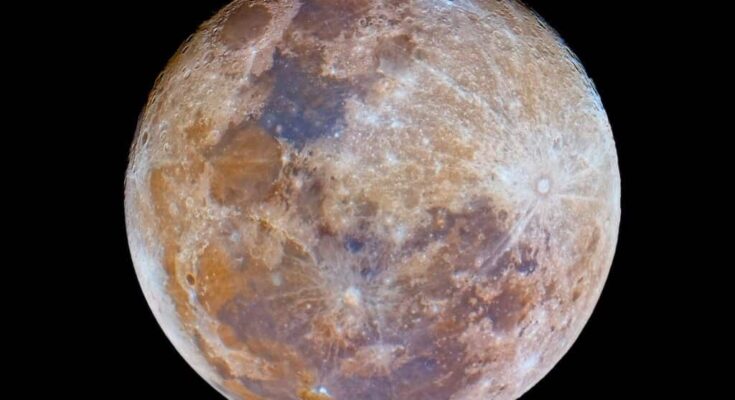
The next full moon, the Hunter’s moon, is set to be a supermoon, which is a moon that appears brighter and more prominent in the night sky.
The full moon will occur on October 17th and appear full for about three days before continuing the cycle. Native Americans also knew the Hunter’s Moon by other names, such as the Blood Moon, Travel Moon, and Dying Grass Moon. No matter the name, they all track the same lunar cycle phase. The Native Americans saw this moon as a call to hunt, as deer fatten up right before winter comes around.
This particular supermoon, the fourth to take place in 2024, is slated to be one of the most spectacular of the year.
What causes a supermoon?
A supermoon occurs when a full moon is at the closest point in the moon’s orbit around the Earth. The moon has an elliptical orbit, which means it travels along an oval path around the Earth. For a supermoon to happen, the full moon has to take place at just the right time in the moon’s orbit so that its proximity to Earth is at its closest.
The moon’s proximity to the Earth and the brightness of the sun’s reflection on the moon create an incredible image in the night sky. The moon appears huge and highly bright against the dark background of the night.
According to NASA, the distances necessary for a supermoon range from about 226,000 miles to 251,000 miles from Earth. Scientists consider a full moon to be a supermoon when it is 90 percent away from the furthest distance it could be from Earth.
A supermoon is rare, only occurring three to four times a year, thanks to the criteria that must be met for one to take place. Not only is it rare, but for one to definitively be considered a supermoon is even more of a rarity.
The Hunter’s Moon is the next supermoon
The Hunter’s Moon will be the third consecutive supermoon of four that have already taken place in 2024. This iteration of the supermoon is set to be the largest and brightest of the year, but only by a small margin as the last one reached perigee. Perigee is when the moon is at its closest point to the sun.
The Hunter’s Moon, a type of supermoon, will be visible late Wednesday night for those west of the International Date Line and early Friday morning for those east of the line. It will be visible for three whole days, and astronomers suggest that the best way to see it is after sunset on the horizon.



